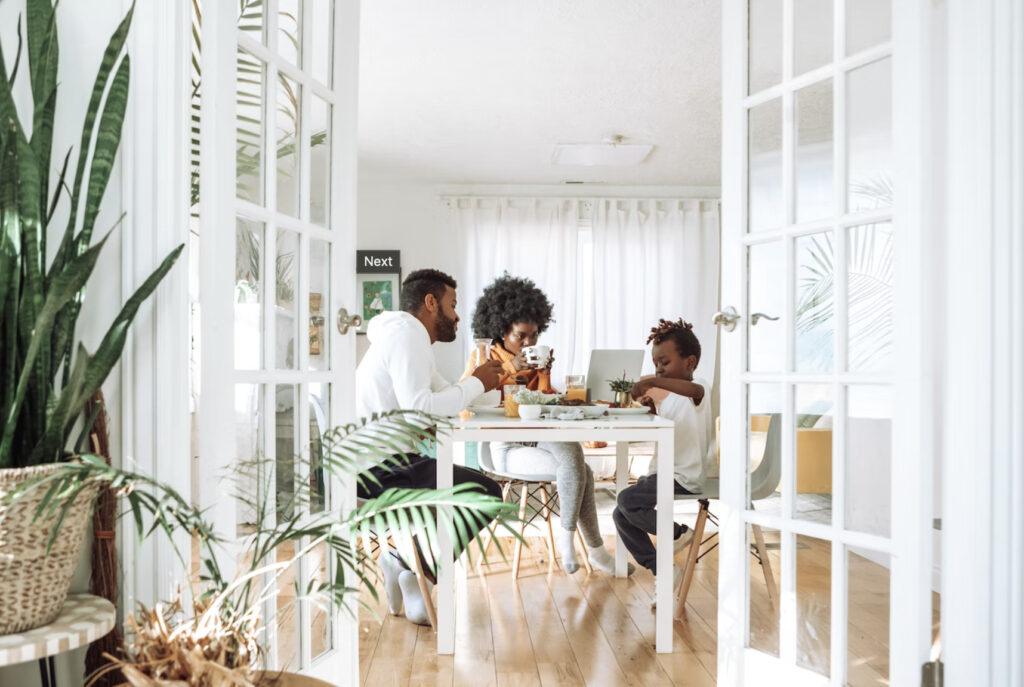Dr. Tamara Kung, ND
We spend a lot of time thinking about and putting into place actions to support our health. We focus on nutrition and sleep to try and give ourselves the best odds to function well both mentally and physically. These factors alone are important influences that alter the trajectory for health, but we may be missing something here, as mental health and obesity continue to rise.
There is growing scientific research showing that there is in fact something we can do to help build emotional resilience again. Something that hasn’t been a big topic of discussion or practice.
Step 1:
Science is pointing to the powerful benefits eating together!
Gathering around the table may seem like a nostalgic concept, reserved for a simpler life with less busyness. But what COVID has taught families, even if it was a fleeting moment, was that we can muster and rouse ourselves from the vortex of life to spare 15-20 minutes to eat with each other.
Teens who have dinner with family have lower rates of drug and alcohol use, compared to those who have fewer meals together. They also exhibit fewer symptoms of anxiety and depression, better nutrition, and lower rates of obesity. The evidence points towards the same results for adults
So just what exactly is the number of meals needed to get these benefits? It’s difficult enough to organize various schedules, and it’s almost impossible to eat together for every single meal. Thankfully, studies show that it doesn’t have to be every single day or every single meal to see positive outcomes. Just 2-3 family meals together a week lowers rates of obesity, and there are better mental health outcomes compared to those who only get one or no meals as a family. Teens who eat meals together 3-5 times per week show an even more significant improvement in physical and mental health.
The second way we can build resilience and create an inclusive, more positive environment for us is a more hypothetical thought experiment from yours truly.
Step 2:
Expand the curiosity and experience of other cultures.
Exposing ourselves to variety helps to open perspectives. With an increased awareness of life’s diversity, we begin to develop more empathy for lives that are not like our own.
So when we combine step one and step two, I suspect we can create an engaging way to reconstruct meaningful connections that will offer more protection for us. Gathering for a few meals together and introducing a theme weekly or monthly about another country is a great example. Whether that’s simply listening to music, bringing forth an interesting piece of knowledge, or making and enjoying a cultural dish together can take meal gatherings to the next level.
Enjoying meaningful meals together may just be a missing link in helping us thrive.
Reference:
Eisenberg. M. E., et al. (2004). Correlations between family meals and psychosocial well-being among adolescents. Arch Pediatr Adolesc Med, 158(8), 792-796.
Berg. M. J., et al ( 2021). Are there protective associations between family/ shared meal routines during COVID-19 and dietary health and emotional well-being in diverse young adults? Preventive Medicine Reports.

